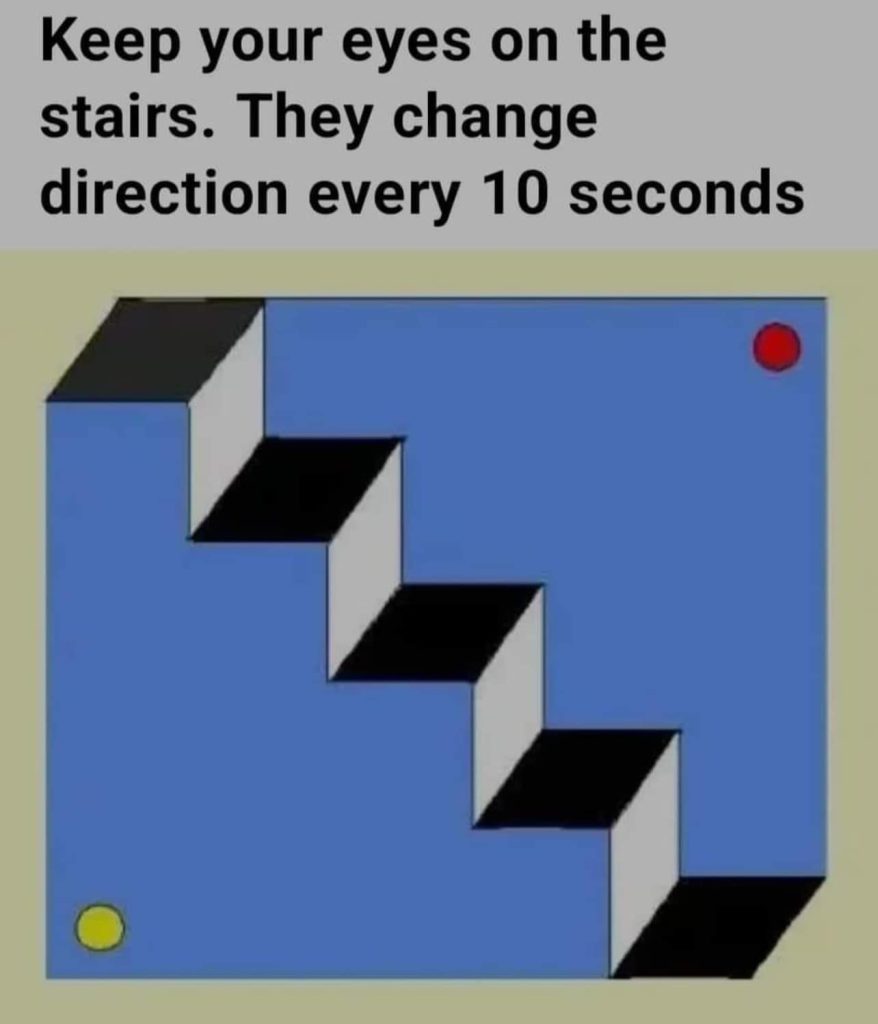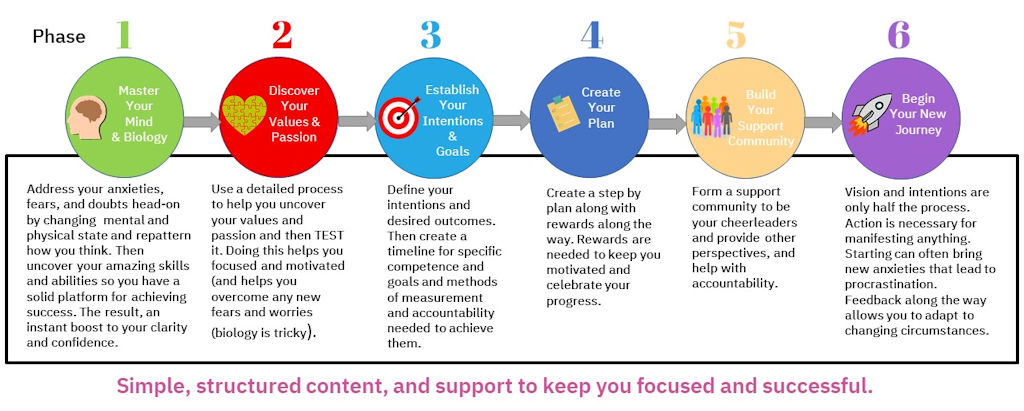Our eyes and brain work together to interpret the world around us, but sometimes this partnership can lead us astray. Optical illusions are captivating examples of how our visual perception can be tricked, revealing the complex and sometimes imperfect nature of our cognitive processes.
These illusions occur when our brain attempts to make sense of visual information that doesn’t quite match reality. Whether it’s mistaking static images for movement, perceiving non-existent colors, or misjudging sizes and shapes, optical illusions highlight the gap between what we see and what actually exists.
The reasons for these visual deceptions are varied. Our brains often rely on shortcuts and assumptions based on past experiences to quickly process the vast amount of visual data we encounter. While usually helpful, these mental shortcuts can sometimes lead us to incorrect conclusions.
The way our eyes and visual cortex are structured can contribute to these misperceptions. For instance, the distribution of color-sensitive cells in our retinas can cause us to perceive colors that aren’t there in certain patterns.
Understanding optical illusions isn’t just a fun exercise—it reminds us that our perception of reality isn’t always accurate. This awareness can be crucial in many aspects of life, from appreciating art to making critical decisions. It underscores the importance of questioning our assumptions and seeking additional information when what we see doesn’t quite add up.
So, the next time you are addiment about what you see, when it is seen different by others, take a moment to remember the intricate workings of your brain—and remember that sometimes, seeing isn’t always believing.




 Together we will use a proven process for success
Together we will use a proven process for success

0 Comments